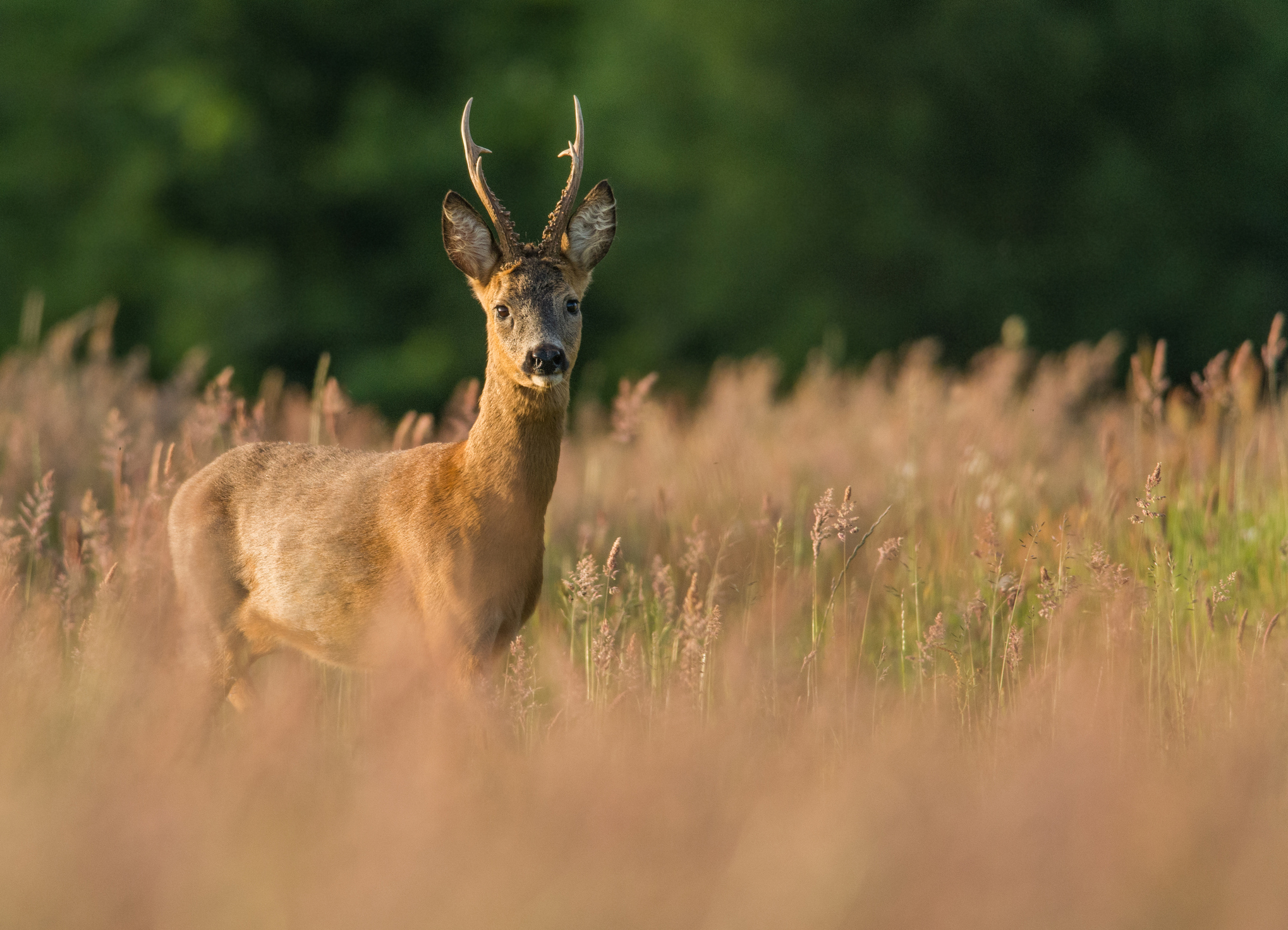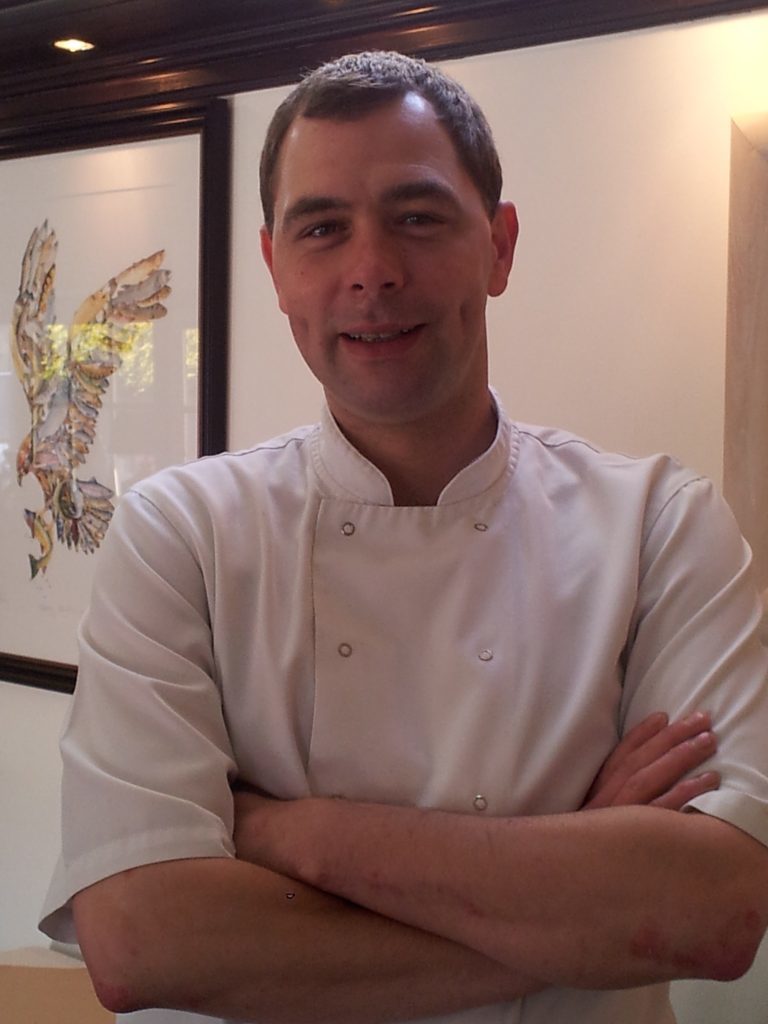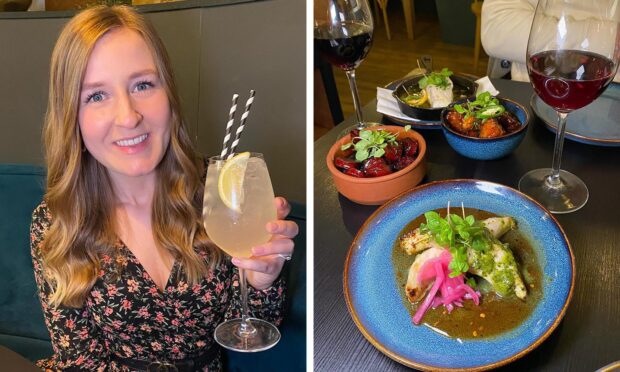Venison is probably the meat that I cook the most at the restaurant and it is always popular with our diners, writes Tim Dover, chef patron of The Roost restaurant in Bridge of Earn.
There are various different types of deer available in Scotland, and I find the most popular by far is roe deer.
The roe deer stalking season for bucks is between April and October, so although I cook red deer at other times of year, I try to use roe deer during this time.
The difference between a red deer and a roe deer is actually quite obvious when you look at these wild animals on the hills – roe deer are much smaller than red deer, they have antlers that grow straight up rather than the large angled antlers of red deer, and they have much cuter faces and white fluffy bums!
It seems a shame to now tell you how tasty they are to eat but at least there are also health benefits in eating venison. It contains more protein than other meats, is rich in iron, it has heaps of B vitamins which help to break down protein, carbohydrates and fat, and it so lean there is no need to worry about any fat content which is unusual when it comes to other meats which can be naturally high in saturated fat. Of course, when you cook meat you are likely to add fat by using oil and butter, but at least with venison loin you are starting with a very healthy ingredient.
People tell me their only experience of cooking venison at home is when making casseroles. For casseroles I use the deer haunch meat, and I prefer to use red deer for casseroles as it has a more gamey flavour than roe deer. I like to use venison loin (fillet) on my dinner menu at the restaurant and I treat it much as I would a fillet of beef, although the flavour is obviously different.
I have a dish on the menu at the moment that involves crusting the venison loin with seeds and cocoa nibs prior to cooking. The flavour of the cocoa nibs is perfect for venison and the crust helps to protect the delicate meat so the entire loin can be cooked perfectly inside.
Roe deer fillet is also excellent in pastry such as a Wellington for the same reason. It is common to serve venison with fruits or really sweet sauces. I am not so keen on this with roe deer because its flavour is delicate and not very gamey. I have found that sweet potato and braised red cabbage are great vegetables to accompany roe deer loin, because their naturally sweet flavours are still savoury enough to complement the venison flavour rather than mask it.
Chef’s tip
I recommend buying roe deer loin directly from a game supplier if you can, and be sure that it is fresh and not frozen as its flavour can be lost through freezing. I like to cook it quite rare and it will almost ‘melt in the mouth’ if done properly. It is not always obvious to judge the cooking time with roe deer because the meat is quite pale in colour – even when cooked rare it will not look red and bloody like rare beef looks for instance. I suggest using touch as the best guide to cooking times – if you press the meat with your forefinger and it feels soft but springs back, it is cooked.











